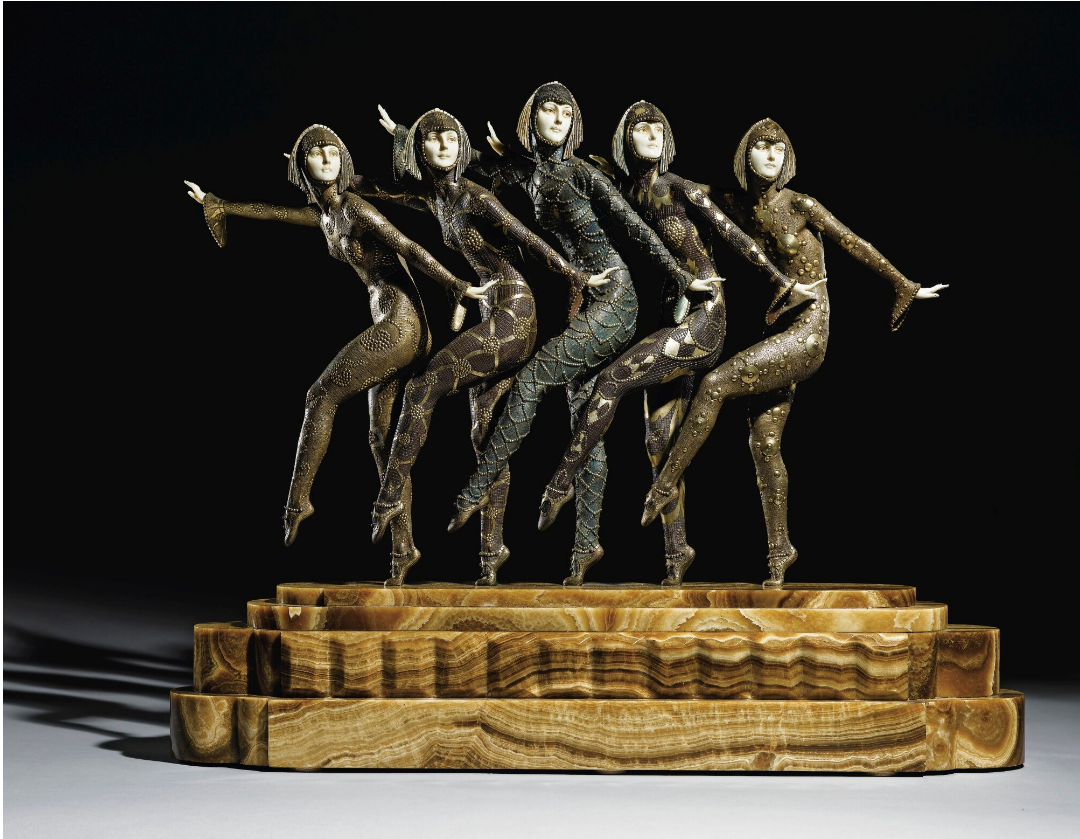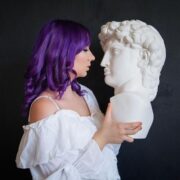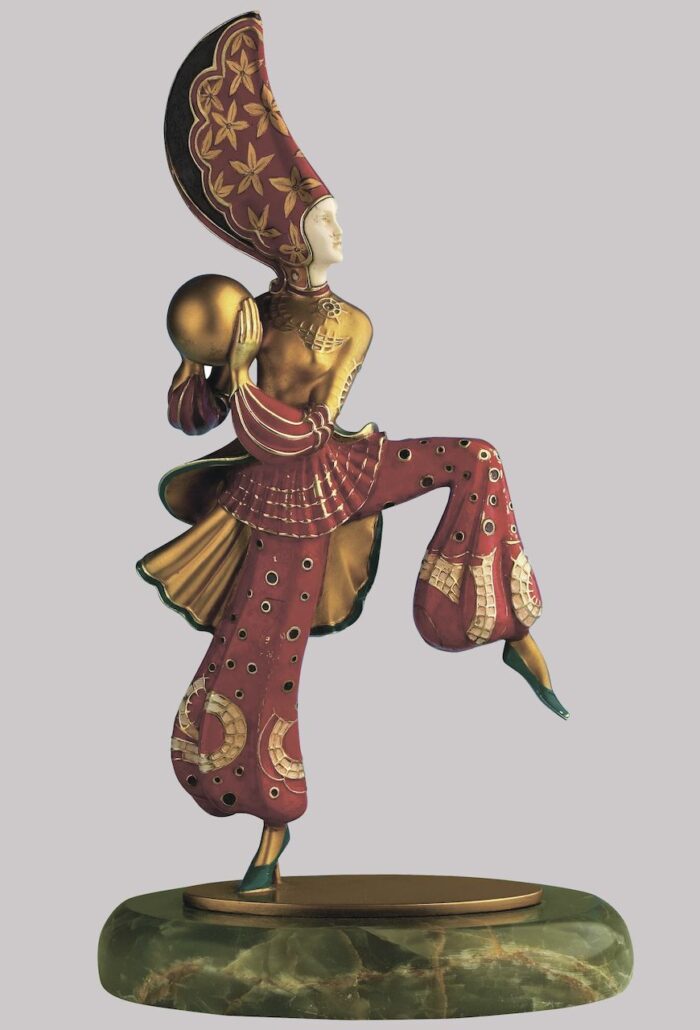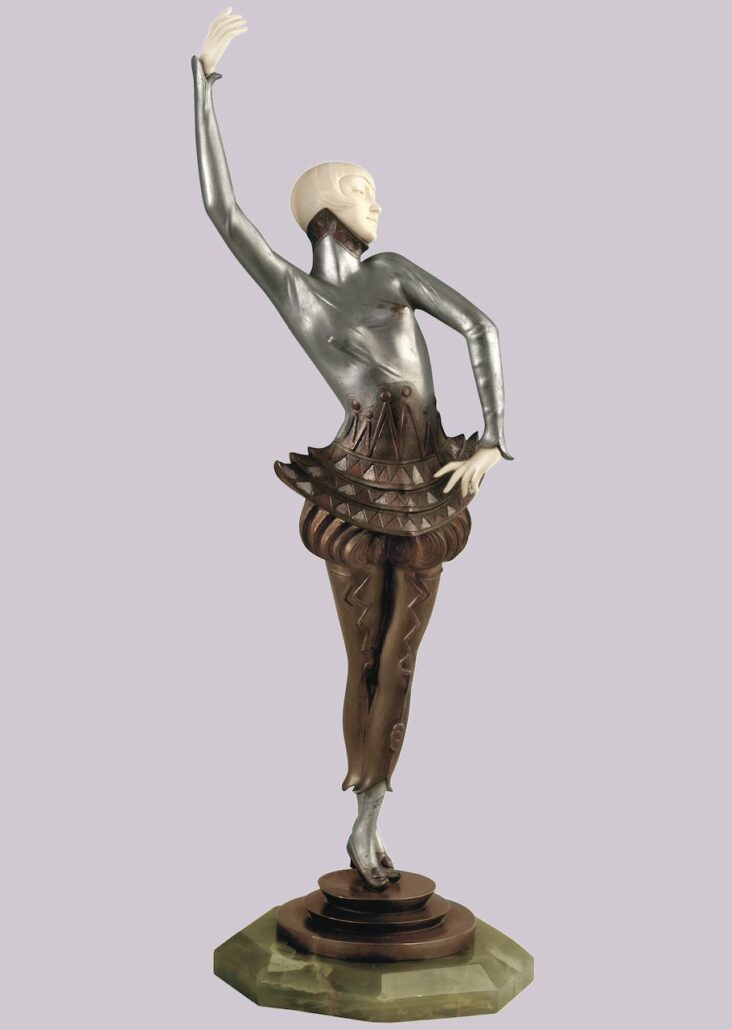Art Deco sculpture: tips for collectors

Art Deco sculpture remains popular among collectors. In November 2012, a studio sculpture by Dmitry Chiparus was sold at Sotheby's in Paris for $ 715. With a relatively small size (height 23.2 cm), the sculpture of small forms by the German Ferdinand Price was valued at Sotheby's in New York in 2008 $ 121. For TheStatusSymbol.com art critic Anastasia Dmitrenko talked about Art Deco and what distinguishes a fake Art Deco sculpture from the original.
Art Deco - a stylistic movement in the fine and decorative arts of Western Europe and America in the second quarter of the 20th century. The term "Art Deco" appeared at the International Exhibition of Contemporary Decorative and Industrial Arts, held in 1925 in Paris. Its exhibition clearly demonstrated not only the formation of a new style, but also the heyday of Art Deco in Europe. However, the style movement received its name and first theoretical understanding in the 1960s, in connection with the exhibition of decorative arts held in Paris in 1966, organized by curator Yvonne Brunhammer.
The most intensive formation of Art Deco took place in the decorative arts. This was due to the fact that the peak of Art Deco development occurred in the period between the two world wars - a period marked by a radical change in many areas of life. Everything that seemed unshakable for people was swept away by the tragic events of history. In conditions of instability in all spheres of life, Art Deco works formed a special environment for a happy and prosperous lifestyle and created the illusion of continuity of artistic tradition. As researcher M. Collomb noted, the style was popular among new bourgeois, who, with the help of works, visualized their ideas about personal and material well-being, taste, and compliance with their time. It was precisely this massive demand that led to the fact that the French ceramists, jewelers, masters of art glass, textiles, metal products, furniture makers became recognized style leaders. But, in addition to decorative arts, Art Deco as a style movement has become widespread in architecture, fine arts and sculpture, in particular in small-form plastic arts.
-

Ferdinand Preiss “Jumping over the fire”, Art Deco Museum, Moscow -

Gerdago "Exotic Dancer", Art Deco Museum, Moscow -

Paul Philippe "Dancer", Art Deco Museum, Moscow
Small-form plastic art, most often produced by mass production methods, had its own stylistic and formal characteristics and developed a certain range of themes and images. Small plastic art was a serial type of artistic production and thus represented an attempt to balance two concepts: "elitism" и "mass". The works of decorative plastic arts had essential features of mass art: they were not created for a specific customer, but were oriented towards the general market. Following the tastes of the mass consumer dictated very specific characteristics of the works: they had to be bright, memorable, consistent with well-known clichés, that is, be functional, close to the advertising industry, and evoke a sense of aesthetic comfort in the viewer. Among the templates used, which were approved by spectators in other areas of art and culture, and also influenced the creation of the figurative structure of decorative sculpture, there were images of popular dancers (poses and costumes from "Russian Seasons" by Sergei Diaghilev), actors and athletes of their time, silhouettes from calendars and advertising posters, as well as numerous fashionable clothes and accessories.
The circulation of small plastics entailed a huge amount fakes. On the modern art market you can find a significant number of copies of works by one of the outstanding Art Deco sculptors Dmitry Chiparus. So that when purchasing art deco sculptures To avoid encountering a fake, we advise you to read the following recommendations.
- First of all, pay attention to the coinage. Art Deco sculptures are famous for their elegant chasing. To easily distinguish a fake, we advise you to train your observation skills. IN Moscow Art Deco Museum examples of sculptures with filigree chasing by Art Deco masters are exhibited.
- Also, when purchasing an Art Deco sculpture, we recommend taking into account the fact that Art Deco masters cast from their own original work 5-6 copies, all sculptures were made the same size. It is necessary to find the dimensions of the original work and be sure to compare. If the sculpture offered to you is even 3 mm larger, then with a high probability you can say that this is a fake.
- Make a purchase of a sculpture only after a personal inspection! At the bottom of the original sculpture: in the place where the bolt is screwed onto the pin, there should be characteristic wear, which is evidence of the ancient production of the sculpture.
- In order to be completely confident in the authenticity of the work of art you are purchasing, we advise you to contact a specialist for an appraisal examination, or ask the seller certificate of authenticity of the work.
Author: art critic Anastasia Dmitrenko (MGAHI named after Surikov), author of an art public in Instagram.








